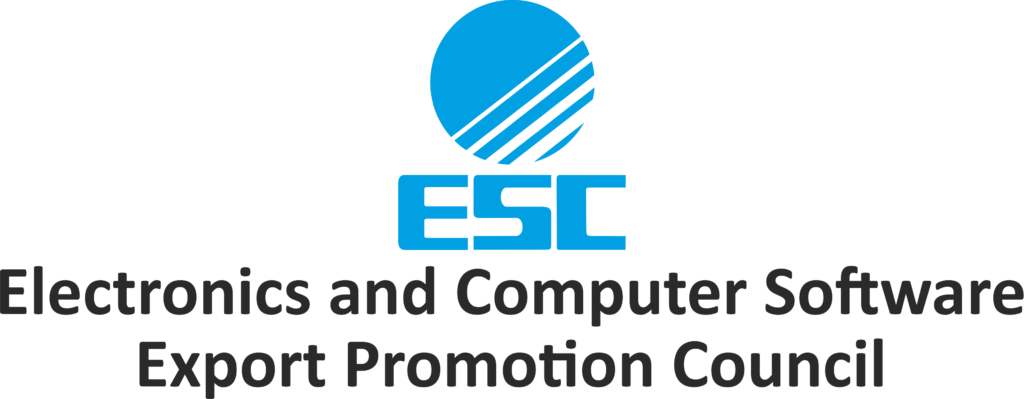INDIA’S ELECTRONICS AND SOFTWARE INDUSTRY AND EXPORT
Quick Links
- ANALYSIS OF THE UNION BUDGET 2023-24
- Highlights of Union Budget 2023-24
- Remission of Duties and Taxes on Exported Products (RoDTEP)
- e-Registration-Cum Membership Certificate (RCMC)
- Import Export Code (IEC)
- All Industry Duty Drawback Rates
- Certificate of Origin
- Useful Link
- Goods And Service Tax (GST) In India
- HS Codes
- How to Export & Import
- Incentive Schemes of MEITY
- Key Highlights for Foreign Trade Policy 2023
- DGFT notifies Foreign Trade Policy, 2023
- DGFT notifies the Handbook of Procedures, 2023
- Help Desk
FOREIGN TRADE POLICY 2015-20: KEY HIGHLIGHTS
Vision, Mission And Objectives
- The Foreign Trade Policy Statement explains the vision, goals and objectives underpinning the Foreign Trade Policy for the period 2015-2020. It describes the market and product strategy envisaged and the measures required not just for export promotion but also for the enhancement of the entire trade ecosystem.
- The vision is to make India a significant participant in world trade by the year 2020 and to enable the country to assume a position of leadership in the international trade discourse. Government aims to increase India‟s exports of merchandise and services from USD 465.9 billion in 2013-14 to approximately USD 900 billion by 2019-20 and to raise India‟s share in world exports from 2 percent to 3.5 percent.
-
The FTP for 2015-2020 seeks to provide a stable and sustainable policy environment for foreign trade in merchandise and services; link rules, procedures and incentives for exports and imports with other initiatives such as „Make in India‟, „Digital India‟ and „Skills India‟ to create an „Export Promotion Mission‟; promote the diversification of India‟s export basket by helping various sectors of the Indian economy to gain global competitiveness; create an architecture for India‟s global trade engagement with a view to expanding its markets and better integrating with major regions, thereby increasing the demand for India‟s products and contributing to the „Make in India‟ initiative; and to provide a mechanism for regular appraisal in order to rationalise imports and reduce the trade imbalance.
Whole-of-government‟ Approach & Role Of State/ut Governments
- Foreign trade today plays a significant part in India‟s economy, so much so that foreign trade policy deserves a special focus and dedicated attention as a key constituent of India‟s economic policies. Foreign trade policy can neither be formulated nor implemented by any one department in isolation. Going forward, a „whole-of-government‟ approach will be required.
- A major path breaking initiative taken by the Department of Commerce, which can have far reaching benefits if properly executed, is to mainstream State and Union Territory (UT) Governments and various Departments and Ministries of the Government of India in the process of international trade. State/UT Governments can play a crucial role in promoting exports and rationalising non-essential imports. Many of the State Governments have nominated Export Commissioners. The Department of Commerce is also helping State Governments to prepare export strategies. An Export Promotion Mission will be constituted to provide an institutional framework to work with State Governments to boost India‟s exports. Senior officials have been appointed as designated focal points for exports and imports in several Central Government departments.
ESC offers a varied set of services to its members for accelerating exports.
During her address Mrs. Sitharaman stated that there were various forces shaping India and its equation with the rest of the world. She urged the Government and industry to work in tandem to deal with the challenges posed. The release of Foreign Trade Policy was also accompanied by a FTP Statement explaining the vision, goals and objectives underpinning India’s Foreign Trade Policy, laying down a road map for India’s global trade engagement in the coming years. The FTP Statement describes the market and product strategy and measures required for trade promotion, infrastructure development and overall enhancement of the trade eco system. It seeks to enable India to respond to the challenges of the external environment, keeping in step with a rapidly evolving international trading architecture and make trade a major contributor to the country’s economic growth and development. She promised to have regular interactions with all stakeholders, including State Governments to achieve the national objectives.
RESERVE BANK OF INDIA
CUSTOMS
CENTRAL EXCISE
SERVICE TAX
Feedback Form
@ 2022 Copyright. All rights reserved.


